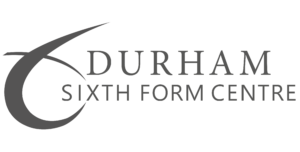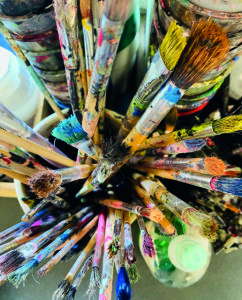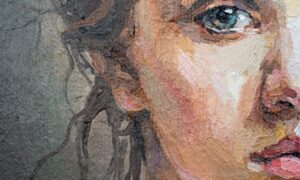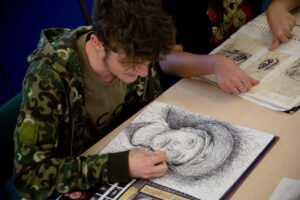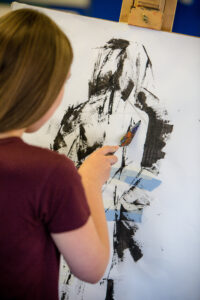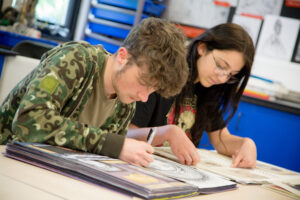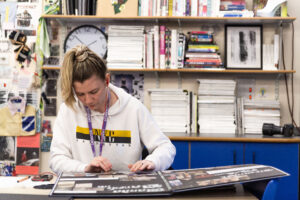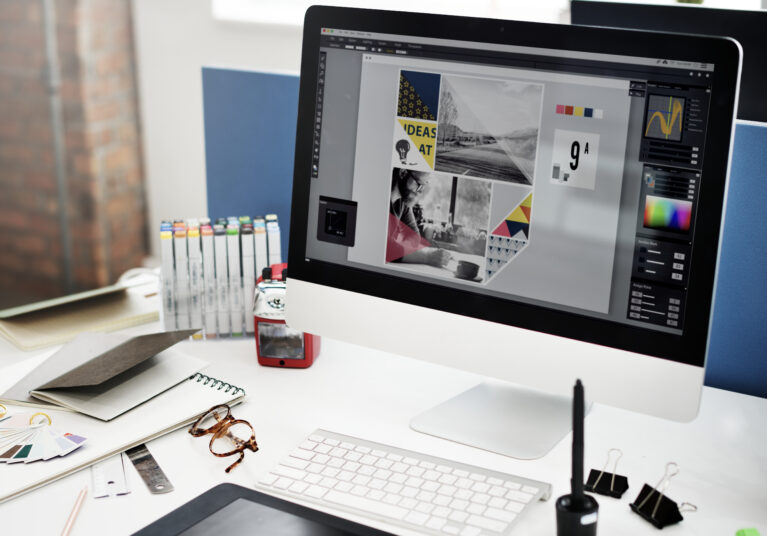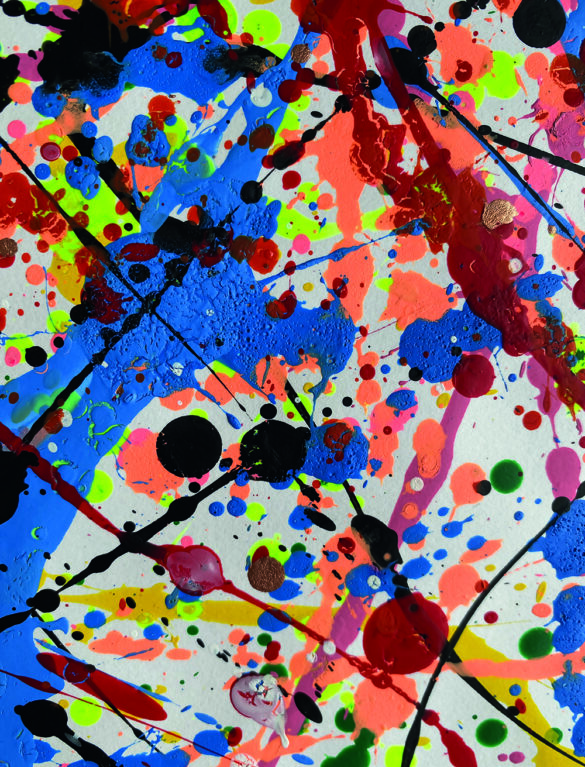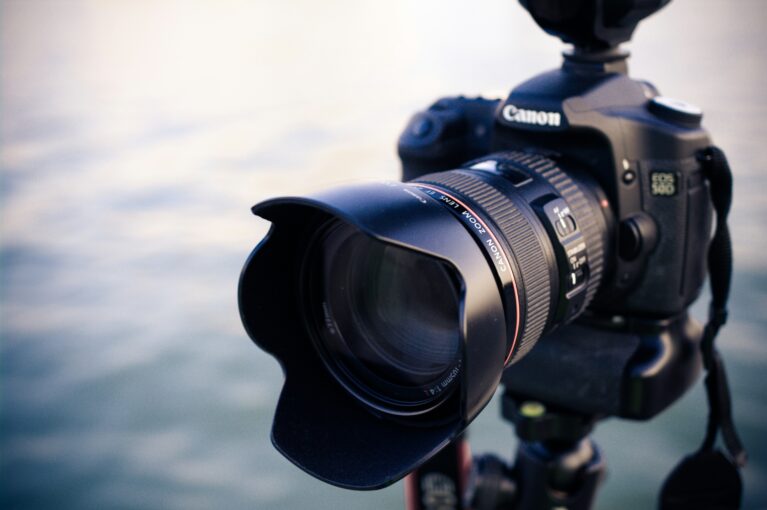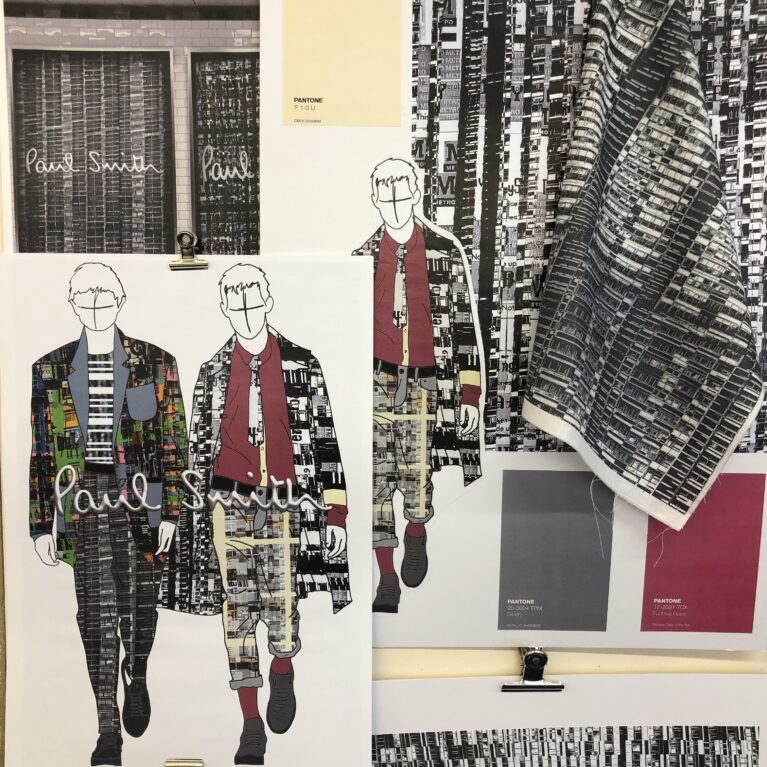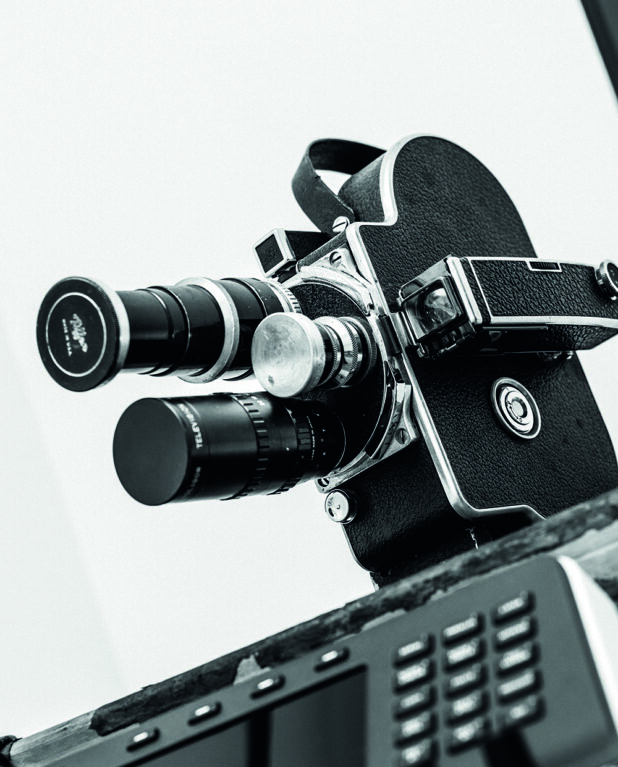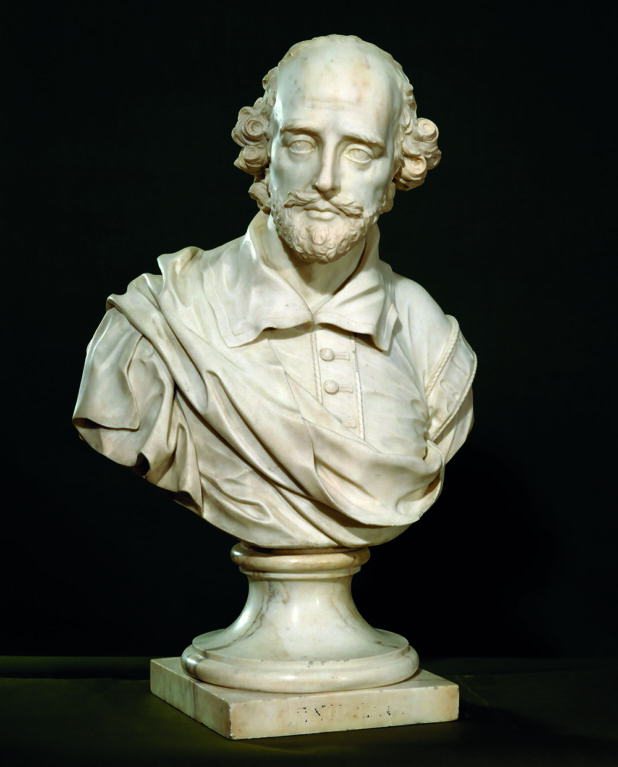Skills and Careers Insight
A Level Fine Art nurtures creativity, technical skills, and artistic expression, allowing you to experiment with a wide range of mediums such as painting, sculpture, and printmaking. You’ll develop critical thinking, problem-solving, and the ability to communicate ideas visually. These skills are highly valued in careers such as fine artist, illustrator, curator, art therapist, and graphic designer, as well as in industries like advertising, animation, and fashion. Whether you dream of becoming a professional artist or pursuing a career in the creative industries, A Level Fine Art offers a strong foundation for an expressive and diverse career path.
